In this ever-changing world, an emergency survival kit makes all the difference in being prepared for anything. And a Bug Out Bag is what you need to create a customized kit that reflects your unique needs and environment.
Essentials of a Bug Out Bag
The primary purpose of a Bug Out Bag is simple but important: to sustain a person for 72 hours during an emergency evacuation.
It’s the ultimate grab-and-go kit that should be packed with essentials capable of keeping you alive and moving towards safety.
However, creating the perfect Bug Out Bag is not a one-size-fits-all task. Just as every individual is unique, so too are their survival needs. The contents of your bag should be customized based on specific needs, your environment, and potential threats you might face.
For instance, if you live in a region prone to hurricanes, your Bug Out Bag should contain items that address the challenges posed by such events. Similarly, if you have specific dietary needs or medical conditions, these too need to be factored into your Bug Out Bag.
What is the difference between a Bug Out Bag and a Go Bag?
The primary difference between a Bug Out Bag and a Go Bag lies in their intended use and contents.
A Bug Out Bag is designed for longer-term survival, typically for 72 hours or more. It’s meant to sustain you if you need to evacuate your home and reach a safe location. Due to these requirements, a Bug Out Bag tends to be larger, heavier, and potentially includes items for self-defense and tools for various survival scenarios.
On the other hand, a Go Bag is intended for shorter-term emergencies, typically designed to support you for about 24 hours. It is ideal for quick evacuations to a temporary shelter, such as during natural disasters like hurricanes or floods. The Go Bag is smaller and more portable with a focus on quick departure and short-term sustenance.
Customizing Your Bug Out Bag
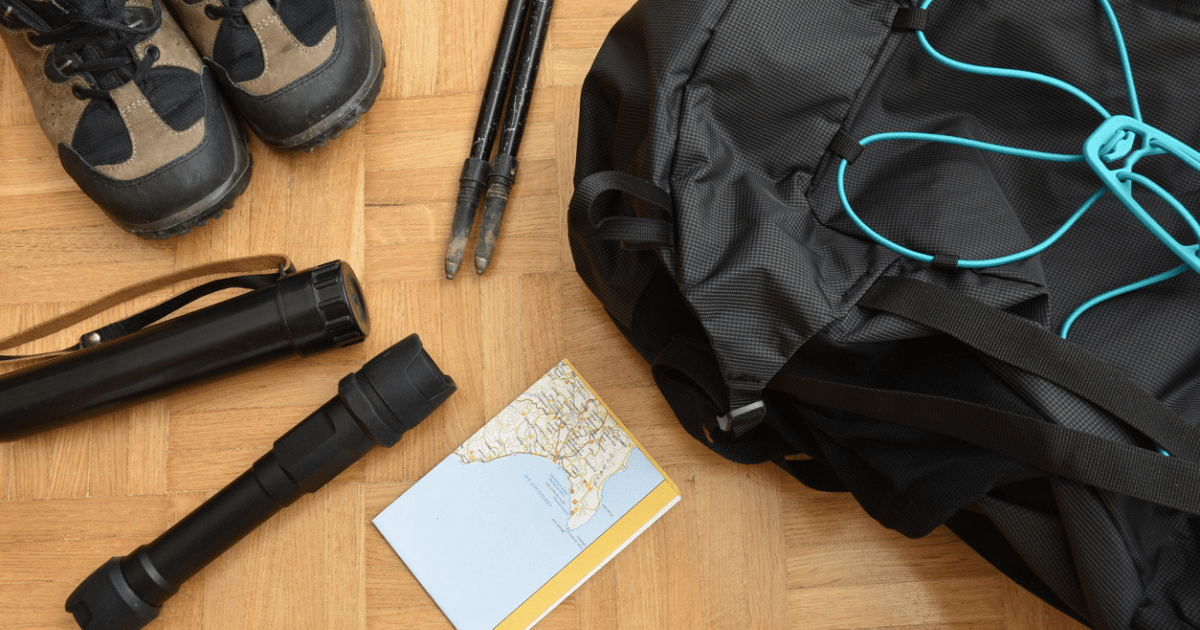
Here are some tips to help you customize your Bug Out Bag effectively:
- Personal needs: Consider your individual needs when packing your Bug Out Bag. This includes any necessary medication, dietary requirements, or specific tools you’re trained to use. If you wear glasses, pack an extra pair. If you have a pet or small children, include supplies for them too.
- Location: Your geographical location should heavily influence the contents of your Bug Out Bag. If you live in a cold climate, thermal clothing and a high-quality sleeping bag might be essential. If you’re in a city, tools for urban survival like lock picks or a pry bar could be more useful.
- Survival skills: Pack according to your skill set. If you’re proficient in fishing, include a small fishing kit. If you know how to construct a shelter, pack the necessary tools. Don’t pack items you don’t know how to use – instead, invest time in learning new survival skills.
Additionally, it’s crucial to regularly update and maintain your Bug Out Bag. Check the expiration dates on food and medicine, replace used items, and reassess your needs annually. As your situation changes, so should the contents of your Bug Out Bag.
Key Bug Out Bag Gear
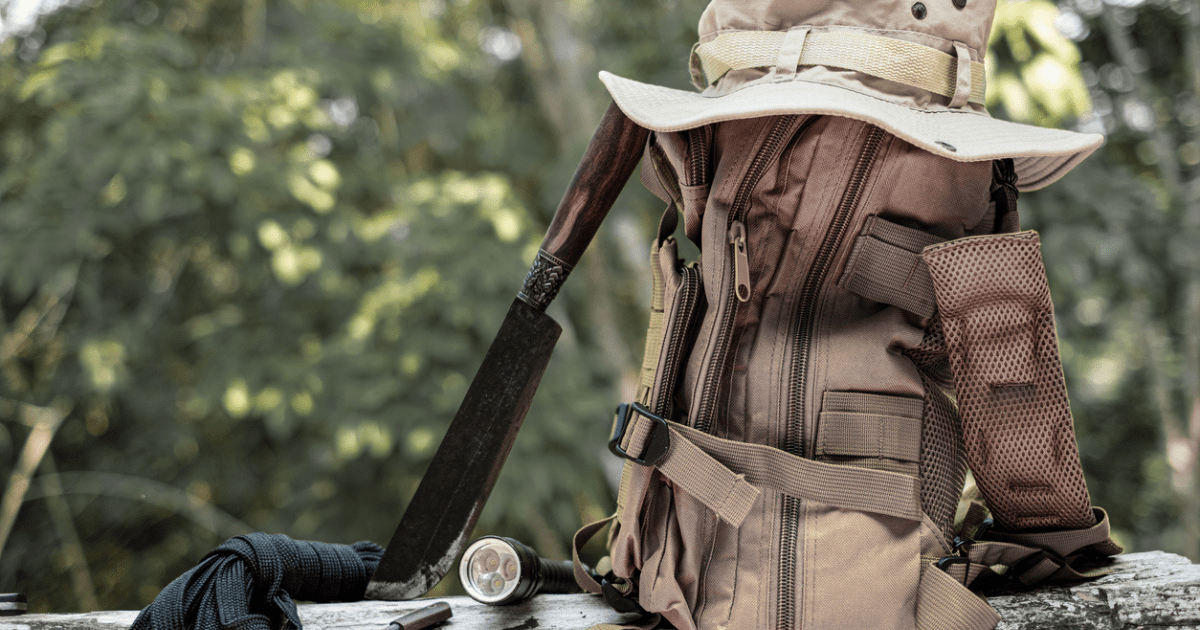
A well-thought-out Bug Out Bag requires essential gear that addresses shelter, food, water, safety, and survival needs. This gear is critical to ensuring you can withstand and adapt to various unexpected situations, from natural disasters to other emergency scenarios.
Shelter and environmental protection

Shelter and environmental protection are non-negotiable in survival situations. They form the first line of defense against the elements and can mean the difference between life and death in an emergency.
- Lightweight tent: A compact, lightweight provides a quick, secure shelter and offers protection from rain, wind, and even insects. Opt for a tent that is easy to set up and dismantle to save you time in an emergency.
- Sleeping bag: A good quality sleeping bag not only offers comfort but also insulation to keep you warm during cold nights.
- Tarp: A tarp is a versatile piece of gear. It can be used as a ground cover, a makeshift shelter, or even to collect rainwater. Look for a durable, waterproof tarp that can withstand harsh conditions.
- Emergency blanket: Also known as space blankets, these are designed to retain heat and keep you warm. They are lightweight and compact, and can also be used as a signaling device due to their reflective surface.
The choice of these items should be dictated by the climate and season of your location. For instance, if you’re in a colder region, a sleeping bag designed for low temperatures becomes a necessity. Similarly, in a rainy climate, a waterproof tent and tarp are indispensable.
Food and water
In any survival scenario, food and water are paramount. So your Bug Out Bag should be well-equipped with long-shelf-life food items and efficient water purification tools.
- Long shelf-life food items: For food, think compact, lightweight, and nutritious. ER Bars, for instance, are energy-dense, compact, and have a shelf life of up to five years. Protein bars are another great option, offering a substantial amount of energy in a small package. Emergency food rations provide balanced meals that can be prepared with hot water.
- Water purification tools: Clean drinking water is a vital resource that can be hard to come by in an emergency. Including tools like LifeStraw filters and purification tablets can be lifesaving.
- Emergency water packets: These are pre-packaged water pouches that have a longer shelf life than bottled water. They are easy to pack and can be crucial when fresh water sources are not available.
While these options might not offer a gourmet dining experience, they are designed to provide the essential nutrients and hydration needed to keep your energy levels up and ensure survival.
Self-defense and security
In an emergency, personal security becomes a paramount concern, and your Bug Out Bag should include items that can aid in self-defense.
Handgun
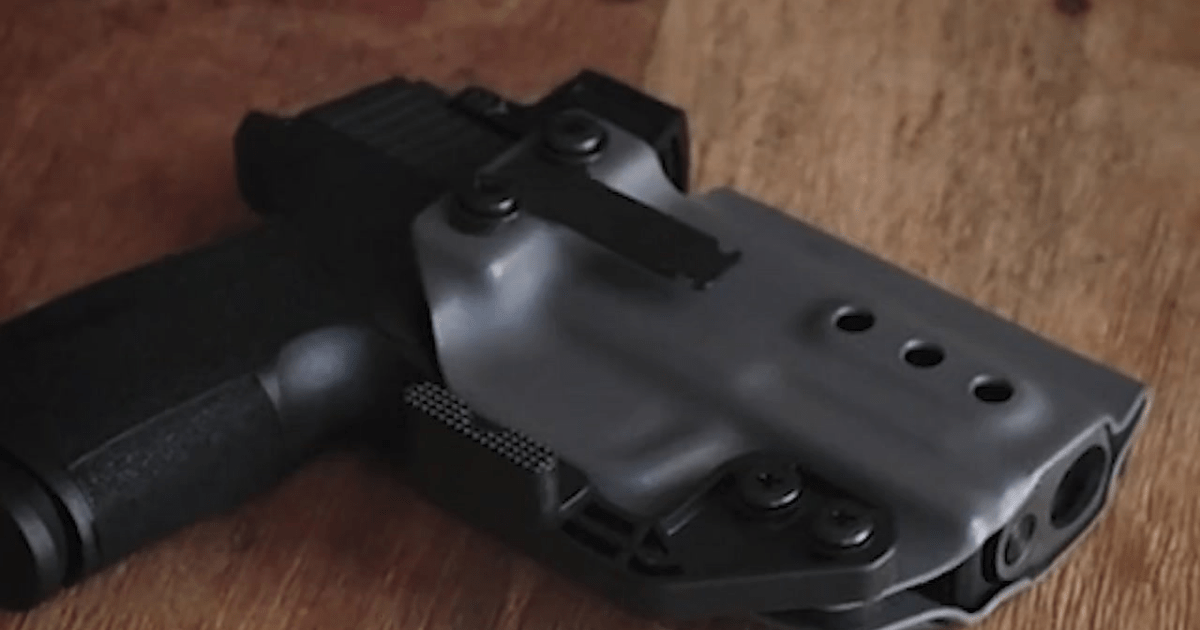
Compact and easy to carry, handguns are a popular choice for self-defense. They offer a balance between firepower and portability, making them ideal for a Bug Out Bag.
However, carrying a handgun requires a reliable holster. NeoMag’s Alias Belt System provides a versatile carrying solution. This modular belt system is designed for everyday carry and is adaptable for different situations – from beltless inside-the-waistband carry to shooting range practice.
Read Getting Started with the Alias System to learn more.
Rifles
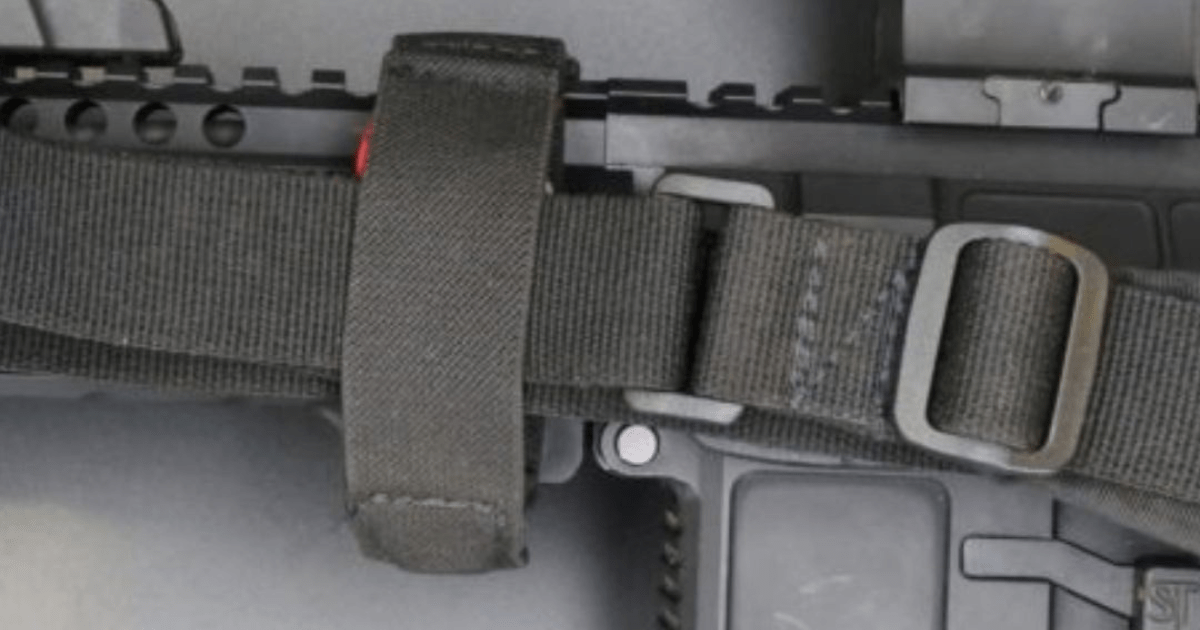
While heavier and bulkier than handguns, rifles provide greater range and accuracy. If you’re in a rural or wilderness survival scenario, a compact, lightweight rifle could be a valuable addition to your Bug Out Bag.
For carrying a rifle, consider the Sentry Strap and Sling. This combination offers a practical way to carry your rifle hands-free and ensures quick deployment when needed. The Sentry Strap keeps your sling neatly wrapped against the rifle, preventing tangles and snags, and the sling provides comfortable and efficient rifle-carrying capabilities.
Magazine holders
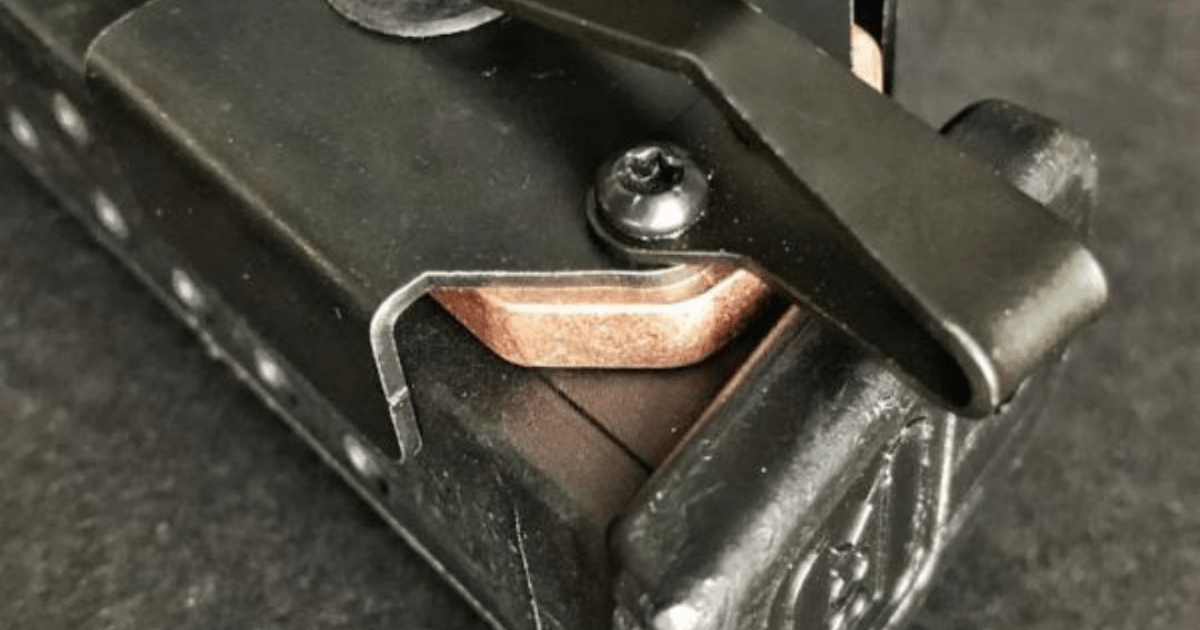
In situations where you need quick access to ammunition, having a mag holder is invaluable. Some magazine holders require a belt attachment, while pocket holders don’t need any additional accessories or attachments.
Our Magnetic Pocket Magazine Holder allows you to store an extra magazine in your pocket to give you quick access when you need it. Plus, by storing it in your pocket, you save additional space in your Bug Out Bag.
Read Pocket Magazine Holder for more information on this vital security accessory.
Pepper spray
Non-lethal yet effective, pepper spray can incapacitate an attacker, giving you time to escape. While smaller and more straightforward to carry than firearms, having a dedicated and accessible storage solution for your pepper spray is also essential.
You could use a battle belt (like our Alias Belt) as a carrying system and clip the pepper spray using a magnetic clip like the Tac Trap.
First aid and medical supplies
Access to medical help may be limited or even non-existent during an emergency, so a well-stocked first aid kit is an indispensable part of your Bug Out Bag.
- Bandages: Include a variety of bandages in different sizes and types. This would range from adhesive bandages for small cuts to larger trauma dressings for serious wounds.
- Antiseptics: These are crucial for cleaning wounds and preventing infections. Options include antiseptic wipes, hydrogen peroxide, and iodine.
- Prescription medications: If you or any member of your group has a medical condition that requires regular medication, ensure you include a sufficient supply. This also extends to over-the-counter medications you may need, like pain relievers, antihistamines, or anti-diarrheal tablets.
It’s important to remember that first aid supplies should be personalized based on individual health needs. For instance, if someone is allergic to certain substances, antihistamines become a must-have. Similarly, if a person has a condition like asthma, their inhaler is a vital inclusion.
You can also look at purchasing a prepackaged first aid kit, like the Live the Creed EDC Pocket Trauma Kit. It comes stocked with tourniquet, glove, bandages, and other supplies.
First aid knowledge is just as important as having a well-stocked kit. Consider taking a basic first aid course, so you’re prepared to handle common medical emergencies.
Clothing and personal items
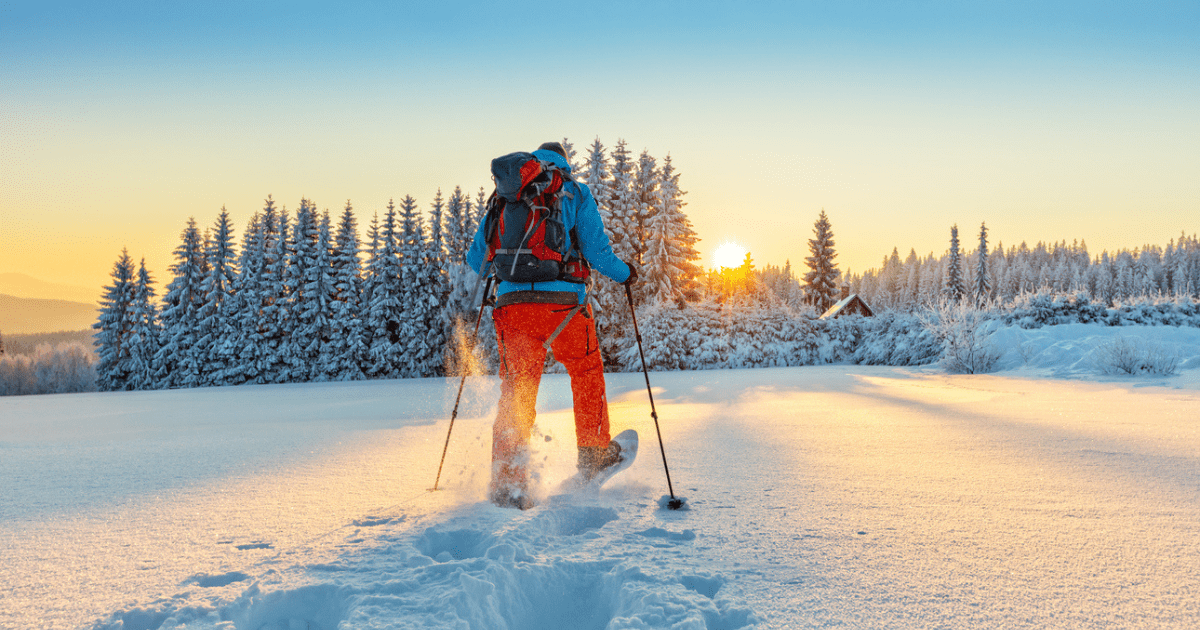
In a survival situation, the right clothing and personal items can make a significant difference. It’s essential to pack items that are practical, versatile, and appropriate for the environment you’re likely to encounter.
- Durable and weather-appropriate clothing: Clothing should be chosen based on its durability and appropriateness for various weather conditions in your area. Consider moisture-wicking fabrics that dry quickly and avoid cotton (which retains water). Pack layers, including a base layer like thermal underwear, an insulating layer, and an outer layer that is waterproof and wind-resistant. Don’t forget extra socks – having dry feet is crucial for comfort and preventing blisters.
- Cash and identification copies: Access to ATMs or online banking might be limited during an emergency. So having a stash of cash can be very helpful. Also, keep copies of your identification documents such as your driver’s license or passport. These could prove invaluable in proving your identity or facilitating travel.
- Multi-tool: A good multi-tool is like having a mini toolbox at your disposal. Look for one that includes a knife, pliers, screwdrivers, a can opener, and other essentials.
Every item you include should serve a purpose and ideally have multiple uses to help sustain you for 72 hours.
Communication and navigation tools
Staying connected and being able to navigate is important during an emergency. Including the right tools in your Bug Out Bag can ensure you’re not left in the dark.
- Cell phone: Although cell service may be unreliable or non-existent in some scenarios, a cell phone can still be a valuable tool. It can store important information, serve as a light source, and even help in navigation. Remember to pack a portable charger or power bank.
- Portable radio: A battery-powered or crank radio can provide vital news updates when traditional communication channels fail. Some models also include a built-in flashlight and USB charging port for other devices.
- Maps and compass: While digital navigation tools are useful, they rely on a power source and signal coverage. Physical maps and a reliable compass are fail-safe tools for finding your way. Ensure you have maps that cover your local area and any regions you might need to travel to.
- Flashlight: A flashlight not only helps in navigating through darkness but can also be vital for signaling in distress situations. For a more specialized option, consider the Cloud Defensive Light, designed for its compact size and impressive brightness.
Additional survival tools
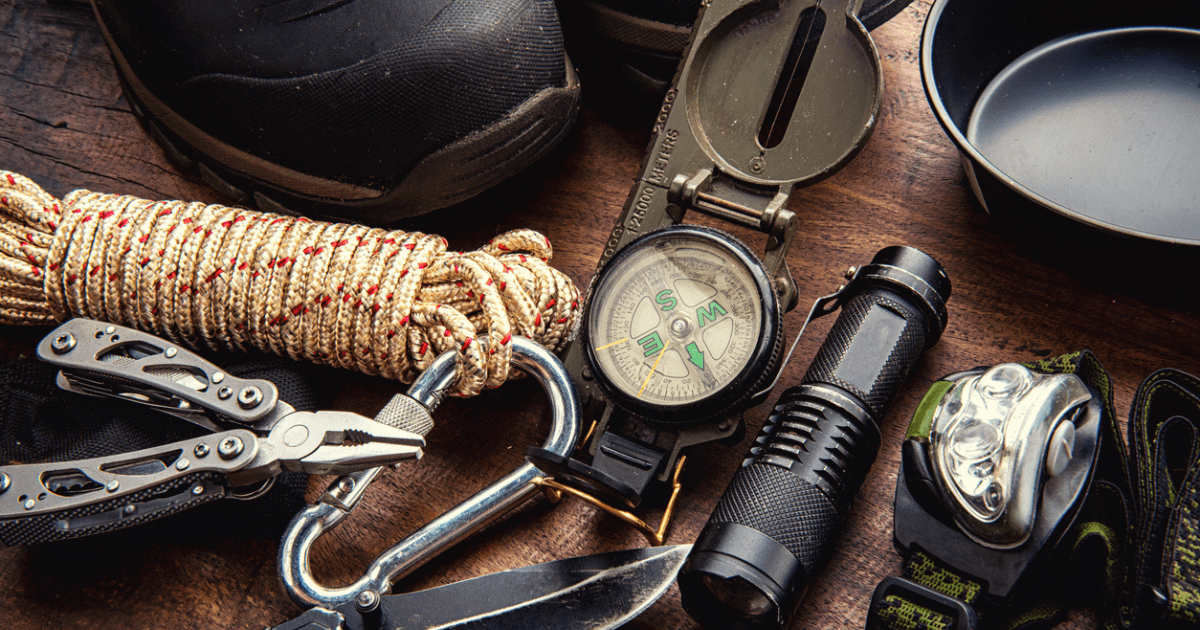
When packing your Bug Out Bag, consider including the following additional items based on your individual needs, location, and bag capacity:
- Survival knife: A good survival knife can be used for building shelter, preparing food, making fire, and self-defense.
- Axe: An axe can also be a valuable tool, allowing you to chop wood for fires or shelter construction. Opt for a lightweight and compact model that won’t add unnecessary weight to your bag.
- Headlamp: A headlamp provides hands-free lighting, which can be invaluable when setting up camp or moving at night. Look for a model with long battery life and adjustable brightness settings.
- Solar charger: A solar charger can keep your electronic devices powered when electricity is unavailable.
- Fire starters: Being able to start a fire is crucial for warmth, cooking, and signaling. Include reliable fire starters like matches, lighters, or flint and steel.
The key to selecting survival tools is considering their versatility, durability, and practicality. The right tools can enhance your ability to adapt to different situations and increase your chances of survival.
Preparing for Tomorrow, Today
Your Bug Out Bag is more than a survival kit – it’s a physical representation of preparation and adaptability.
Preparedness is a dynamic process, a blend of practicality and foresight. It’s about making sure that your bag evolves with you, ensuring you are ready for whatever challenges the future may hold.
Let your Bug Out Bag be a testament to your resilience and a tool for your safety that empowers you to face uncertainties with confidence.


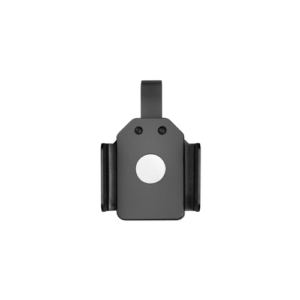
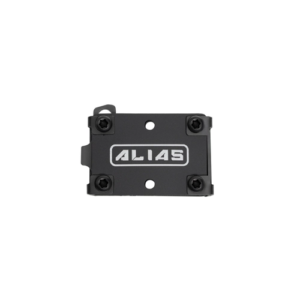
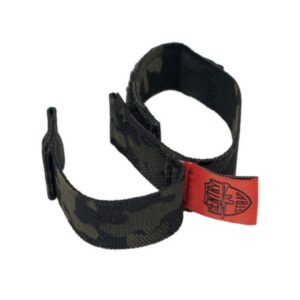
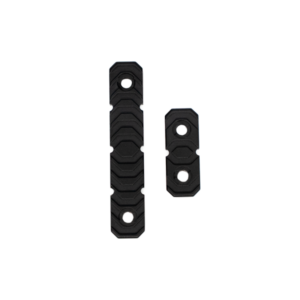
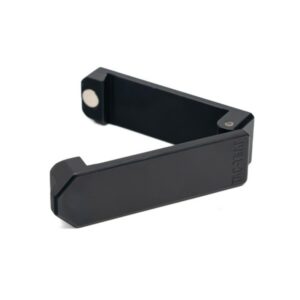
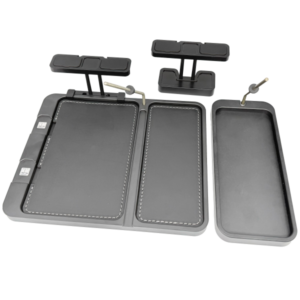
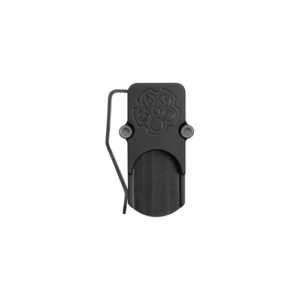
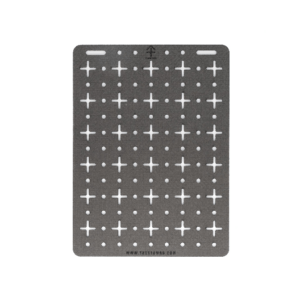
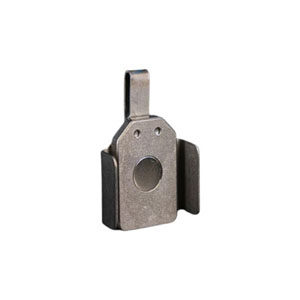

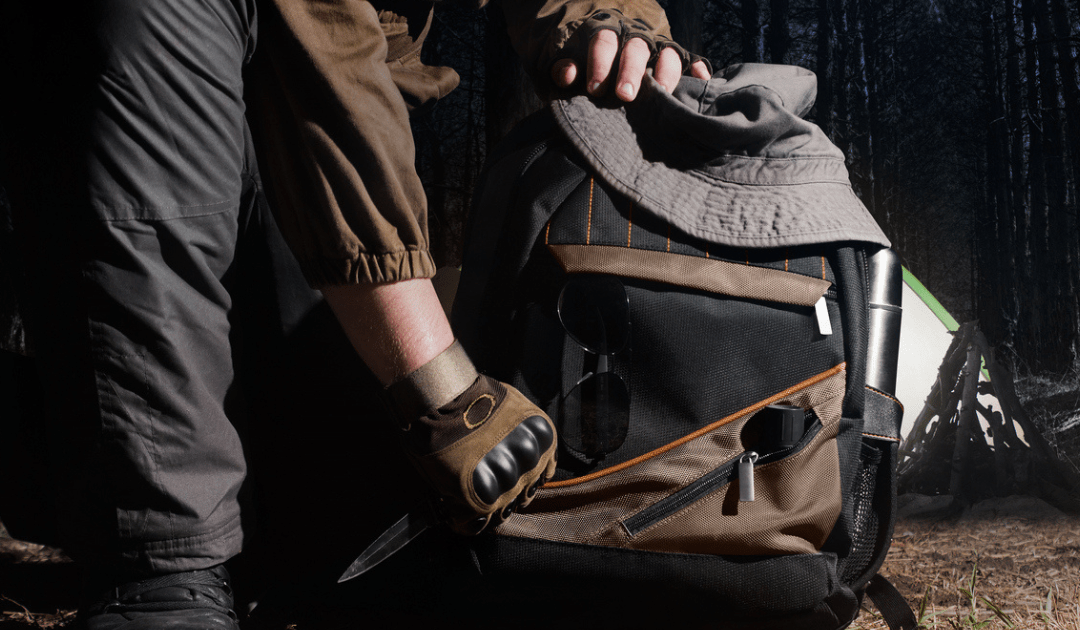
I really enjoyed this article thank you
Have you considered including unconventional items, such as a portable water filtration system or a solar-powered charger, in your Bug Out Bag to ensure long-term sustainability in emergency situations?
What company makes the holster you have pictured with the Alias system?
TIA
Brad
Hi Brad,
That is an ANR Designs holster.
Thanks for reading.
Nate
Thank you!